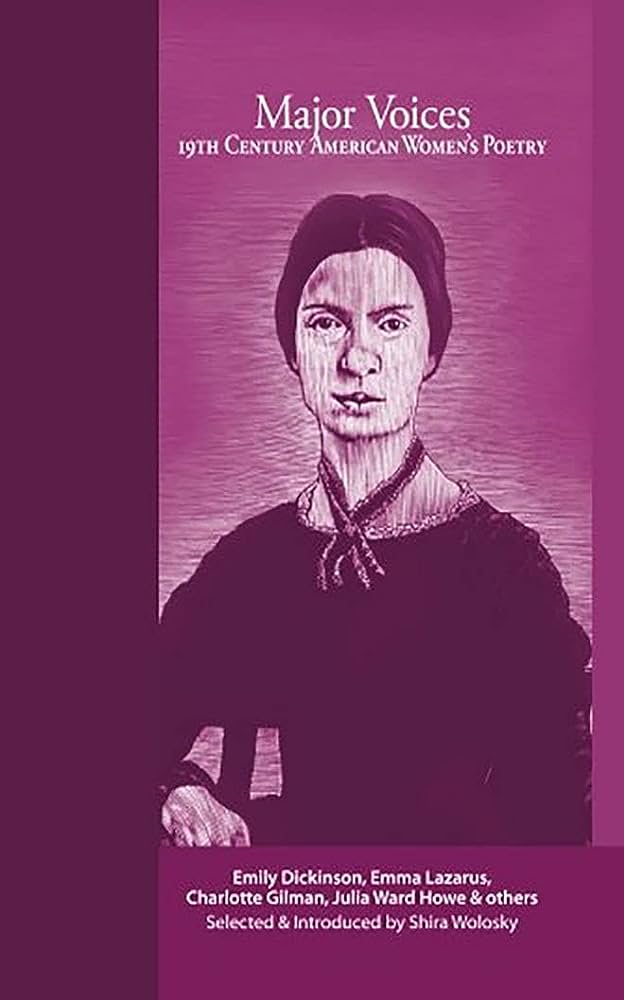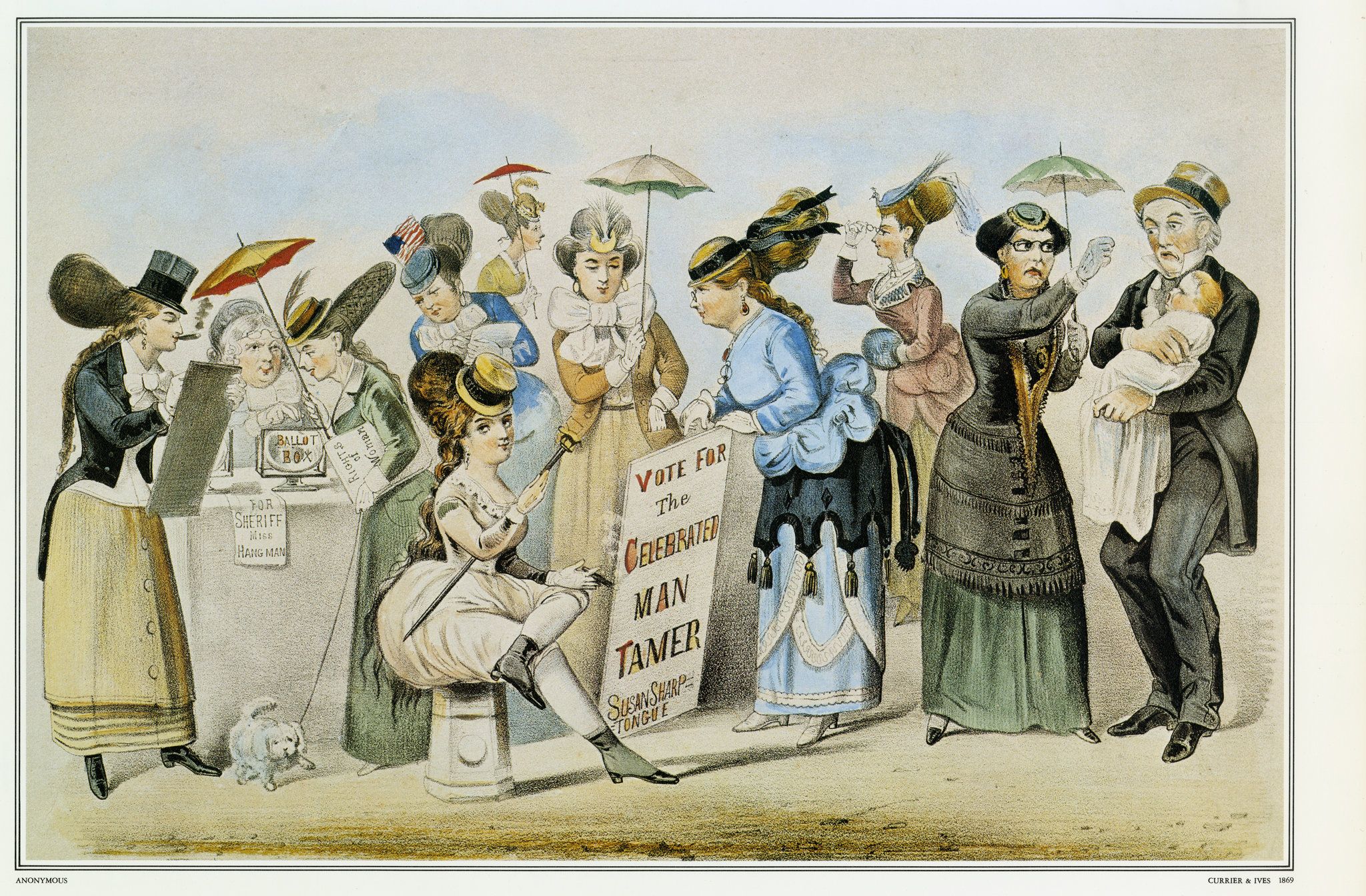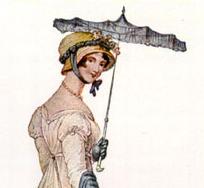Welcome to 19th Century, a blog dedicated to exploring the rich literary landscape of the 1800s. In this article, we delve into the remarkable contributions of gay writers during this period, shedding light on their unique perspectives and breaking down barriers in the realm of literature. Join us as we uncover the hidden stories of these trailblazing individuals.
The Influential Impact of Gay Writers in the 19th Century
The Influential Impact of Gay Writers in the 19th Century cannot be underestimated. Despite the prevailing conservative attitudes towards homosexuality during that time, there were several notable gay writers who made significant contributions to literature.
One such writer was Oscar Wilde, whose wit and literary genius continue to inspire generations. His plays, such as “The Importance of Being Earnest” and “Lady Windermere’s Fan,” challenged societal norms and explored themes of sexuality and identity.
Another influential gay writer of the era was Walt Whitman, whose groundbreaking collection of poetry, “Leaves of Grass,” celebrated the beauty of the human body and embraced love between individuals of the same sex. Whitman’s bold and unapologetic exploration of homoerotic themes broke barriers and paved the way for future LGBTQ+ writers.
Furthermore, Emily Dickinson, though not openly identifying as gay, had intense and passionate relationships with women. Her poems often showcased themes of love, desire, and intimacy, challenging traditional notions of femininity and heterosexuality.
The works of these and other gay writers in the 19th century played a vital role in shaping the literary landscape. They defied societal expectations, pushed boundaries, and brought to light the experiences and emotions of LGBTQ+ individuals. Their contributions continue to influence and inspire writers today.
By acknowledging and celebrating the influential impact of these gay writers, we recognize not only their individual talent but also the broader significance of LGBTQ+ voices in literature. Their courage in expressing their authentic selves has left an indelible mark on the literary canon, serving as a testament to the power of storytelling in fostering understanding and acceptance.
Romantic Films: Inheritence (Louisa May Alcott)
The Gay Body Image Crisis
Who were the LGBTQ+ writers of the 19th century?
The 19th century was a challenging time for LGBTQ+ individuals, as societal attitudes towards sexuality and gender were predominantly conservative and heteronormative. Nevertheless, there were several LGBTQ+ writers who made significant contributions to literature during this period.
Oscar Wilde: An Irish writer and poet, Oscar Wilde is perhaps one of the most well-known LGBTQ+ writers of the 19th century. His works, such as “The Picture of Dorian Gray” and plays like “The Importance of Being Earnest,” often explored themes of desire, homoeroticism, and society’s constraints on individuality. Wilde’s own homosexuality ultimately led to his public downfall and imprisonment.
Walt Whitman: Walt Whitman, an American poet, is celebrated as one of the most influential voices in American literature. While he did not explicitly identify as LGBTQ+, scholars have pointed out that his poetic works, particularly “Leaves of Grass,” contained homoerotic undertones. Whitman’s celebration of the human body, intimacy between men, and his rejection of societal norms challenged prevailing conventions of the time.
Emily Dickinson: Although Emily Dickinson is primarily known for her poetry about love, nature, and mortality, some interpretations suggest that she may have had same-sex attractions. Dickinson had deep emotional attachments to women throughout her life, such as Susan Gilbert Dickinson, her sister-in-law and rumored lover. These relationships have prompted speculation about Dickinson’s queerness, though it remains a topic of debate among scholars.
John Addington Symonds: John Addington Symonds, an English writer and poet, is notable for his works advocating for the recognition and acceptance of same-sex love. In his essay collection “A Problem in Modern Ethics” (1891) and “Studies in Sexual Inversion” (1897), Symonds discussed various aspects of homosexuality and argued for its decriminalization. His writings were influential in early LGBTQ+ rights movements.
Michael Field: Michael Field was a pseudonym used by Katherine Bradley and Edith Cooper, a lesbian couple and poets of the 19th century. Together, they published numerous works, including plays, poems, and translations. While their lesbian identity was not publicly acknowledged during their lifetime, their poems often expressed love and desire between women.
These are just a few examples of LGBTQ+ writers who emerged during the 19th century. Their contributions to literature challenged societal norms and paved the way for more open discussions about sexuality and identity in the years to come.
Who are the prominent gay writers of the 19th century?
Oscar Wilde is one of the most prominent gay writers of the 19th century. He was an Irish poet, playwright, and novelist known for his wit and flamboyant lifestyle. His works, such as “The Importance of Being Earnest” and “The Picture of Dorian Gray,” challenged societal norms and explored themes of sexuality.
Another important gay writer of the 19th century is Walt Whitman, an American poet known for his collection “Leaves of Grass.” While not explicitly addressing homosexuality in his poetry, Whitman’s work has been interpreted as having homoerotic undertones, celebrating the beauty of the male form and expressing love and desire between men.
John Addington Symonds was an English poet, literary critic, and gay rights activist. He wrote extensively on same-sex love and was a pioneer in advocating for the acceptance of homosexuality. His books like “A Problem in Modern Ethics” and “Studies in Sexual Inversion” laid the groundwork for the understanding and acceptance of homosexuality.
These writers played a significant role in pushing the boundaries of society’s perception of sexuality during the 19th century. Their works continue to be celebrated for their artistic merit and their contribution to LGBTQ+ literature.
Who was the first LGBTQ+ character in literature?
The first LGBTQ+ character in literature during the 19th century is often attributed to Karl-Maria Kertbeny. Kertbeny, a Hungarian writer and activist, coined the terms “homosexual” and “heterosexual” in his publications between 1868 and 1870.
However, when it comes to fictional characters, one of the earliest representations of same-sex desire can be found in Emily Dickinson’s poetry. Dickinson wrote several poems that allude to her romantic relationships with women. These poems were discovered and published posthumously, and they have since been interpreted through an LGBTQ+ lens.
Additionally, Oscar Wilde was a prominent figure in the late 19th century who explored queer themes in his writings. Wilde’s novel “The Picture of Dorian Gray” (1891) contains elements of homoeroticism, which challenged prevalent societal attitudes at the time.
While these examples signify early instances of LGBTQ+ representation in 19th-century literature, it’s important to note that discussing sexual orientation and gender identity openly during this period was highly prohibited and subject to censorship. As a result, many LGBTQ+ narratives were often veiled or coded in subtext.
Who were the LGBTQ+ writers in the early 20th century?
During the 19th century, several LGBTQ+ writers emerged and contributed greatly to the literary world. One notable figure is Oscar Wilde, an Irish writer known for his wit, plays, and novels. Wilde’s works, such as “The Picture of Dorian Gray” and “The Importance of Being Earnest,” often contained themes of sexuality and same-sex desire.
Another significant LGBTQ+ writer of the time was Walt Whitman, an American poet. In his collection “Leaves of Grass,” Whitman celebrated the beauty of the human body, including same-sex love and desire. His poetry challenged societal norms and advocated for a more inclusive understanding of love and sexuality.
Henry James, an American-born writer known for his novels and short stories, is also believed to have been homosexual. While James never explicitly addressed LGBTQ+ themes in his writings, some scholars have interpreted his works, such as “The Turn of the Screw,” as containing subtextual references to same-sex desire.
Gertrude Stein, an American writer and art collector, was known for her experimental writing style and her exploration of gender and sexuality. Stein’s works, including “Tender Buttons” and “The Autobiography of Alice B. Toklas,” challenged traditional narrative structures and examined non-binary identities.
It is important to note that during the 19th century, many LGBTQ+ writers were not able to openly express their sexual orientations due to societal bias and the criminalization of homosexuality. As a result, their works often contained coded language or veiled references to same-sex desire. However, these writers played a crucial role in laying the groundwork for LGBTQ+ literature and paving the way for future generations of queer writers.
Frequently Asked Questions
Who were some notable gay writers in the 19th century and what impact did their work have on society at the time?
Some notable gay writers in the 19th century include:
1. Walt Whitman: Whitman is considered one of the most influential American poets of the 19th century. His collection of poems, “Leaves of Grass,” explored themes of same-sex desire and celebrated the beauty of the male body. While he didn’t explicitly come out as gay during his lifetime, his work challenged societal norms and paved the way for future LGBTQ+ literature.
2. Oscar Wilde: An Irish playwright, novelist, and poet, Wilde’s wit and flamboyant personality made him a well-known figure of the Victorian era. His works, such as “The Picture of Dorian Gray” and plays like “The Importance of Being Earnest,” contained queer subtext and explored themes of homosexuality. However, his open homosexual relationship led to a highly publicized trial and subsequent imprisonment, making him a symbol of persecution faced by LGBTQ+ individuals in that era.
3. Henry James: James was an American-British writer known for his novels and short stories. While he never publicly identified as gay, his work often featured complex depictions of same-sex desire and homosexuality, albeit in veiled and subtle ways. His novel “The Portrait of a Lady” is considered one of his most renowned works, featuring a queer character named Madame Merle.
4. John Addington Symonds: Symonds was an English poet and literary critic who delved into the exploration of homosexuality in his work. He authored several books discussing the history and nature of same-sex desire, such as “A Problem in Modern Ethics” and “A Problem in Greek Ethics,” which aimed to challenge negative perceptions of homosexuality prevalent at the time.
The impact of these writers’ work on society varied. While some faced adversity and censorship due to their sexual orientation, their writings played a crucial role in challenging prevailing societal norms and pushing for greater acceptance and understanding of homosexuality. Their literary contributions also helped pave the way for future LGBTQ+ literature, sparking conversations and providing representation for queer individuals in a time when such topics were largely considered taboo.
How did societal attitudes towards homosexuality in the 19th century affect the careers and personal lives of gay writers during that time?
In the 19th century, societal attitudes towards homosexuality were predominantly negative and influenced by religious beliefs and conservative moral values. This posed significant challenges for gay writers and affected both their careers and personal lives.
Career Challenges:
Being openly gay or expressing homosexual themes in their writings was a risky endeavor for gay writers of the time. Homosexuality was largely condemned and considered immoral, and any association with it could lead to social disgrace and professional ruin. Publishers and literary circles often shunned works that dealt with homosexuality, leading many gay writers to either censor their work or publish under pseudonyms.
Furthermore, the prevailing notion of masculinity in the 19th century emphasized heterosexuality as a fundamental aspect of manhood. Gay writers who openly identified as such risked ostracization and exclusion from mainstream literary circles. This limited their access to opportunities, networking, and critical recognition, making it difficult for them to establish successful careers. Many gay writers had to resort to publishing their works privately or relying on underground networks to reach their audiences.
Personal Lives:
Societal attitudes towards homosexuality also deeply impacted the personal lives of gay writers. Homosexual relationships were illegal in most parts of the world, and homosexuality was treated as a deviant behavior. Gay writers often faced the fear of persecution, imprisonment, and public humiliation if their sexual orientation was discovered.
As a result, many gay writers lived in secrecy, concealing their true identities and personal relationships. They often engaged in coded language or allegorical expressions of same-sex desire in their writings to avoid explicit condemnation. Romantic relationships and connections were kept hidden, and some gay writers resorted to marriages of convenience or lived in celibacy to maintain societal norms.
The fear of exposure and societal backlash took a toll on the mental and emotional well-being of gay writers, causing isolation, anxiety, and internalized homophobia. Moreover, the lack of support and understanding in society denied them the opportunity for authentic self-expression and the ability to form lasting and fulfilling relationships.
Societal attitudes towards homosexuality in the 19th century critically impacted the careers and personal lives of gay writers. The prevailing bias against homosexuality limited their opportunities for success in the literary industry and forced them to live in secrecy, suppressing their true identities and desires. It was not until much later in history that attitudes towards homosexuality began to shift, providing gay writers with more freedom to express themselves openly and authentically.
In what ways did gay writers of the 19th century challenge or subvert dominant literary norms and conventions through their exploration of queer themes and identities?
Gay writers in the 19th century played a crucial role in challenging and subverting dominant literary norms and conventions through their exploration of queer themes and identities. In a time when homosexuality was largely stigmatized and taboo, these writers courageously fought against societal restrictions and shed light on the experiences of queer individuals.
One way they challenged literary norms was by introducing gay characters and relationships into their works. This was an important departure from the prevailing heteronormative narratives that dominated literature at the time. By depicting same-sex relationships, these writers demonstrated that queer love and desire were valid and worthy of literary representation.
These writers also explored themes of gender and sexual identity, challenging the rigid binary notions enforced by society. They questioned traditional understandings of masculinity and femininity and delved into the complexities of gender fluidity and non-conformity. Through their characters, they highlighted the diversity of queer experiences and shattered societal expectations.
Furthermore, they used their writing to critique and challenge the oppressive societal norms that marginalized and discriminated against queer individuals. Their works often exposed the hypocrisy and injustice present in society’s treatment of homosexuality, igniting conversations about equality and human rights.
It is important to note that, due to the censorship and societal pressure of the time, many of these writers had to conceal their true identities or publish their works anonymously. This demonstrates the immense bravery and determination they possessed in their pursuit of challenging literary norms.
gay writers of the 19th century played a pivotal role in challenging and subverting dominant literary norms, pushing the boundaries of what was considered acceptable in literature. Through their exploration of queer themes and identities, they opened up new possibilities for future generations of writers and readers, ultimately contributing to the gradual acceptance and recognition of LGBTQ+ voices in literature.
The 19th century was a transformative period for gay writers. Despite the prevailing societal norms and prejudices against homosexuality, these writers courageously expressed their identities and experiences through their literary works. They forged a path for future generations of LGBTQ+ voices to be heard and celebrated.
The bravery and resilience of gay writers in the 19th century cannot be understated. Their willingness to confront societal taboos and unapologetically depict same-sex desire challenged the rigid heteronormative framework of the time. Through their stories, poems, and essays, these writers offered a glimpse into the complex and often hidden world of homoeroticism and same-sex relationships.
It is important to recognize that many gay writers of this era faced immense difficulties and hardships. Some were forced to publish their works anonymously or under pseudonyms to protect their reputations and livelihoods. Others, like Oscar Wilde, were subjected to public ridicule, legal persecution, and even imprisonment. Despite these challenges, their contributions to literature and the LGBTQ+ community cannot be understated.
Moreover, the works of these writers had a profound impact on shaping the understanding and acceptance of homosexuality in subsequent years. By challenging societal norms and presenting same-sex desire as a legitimate subject of artistic exploration, they laid the groundwork for the emergence of LGBTQ+ literature in the decades to come.
Today, we celebrate the courage, creativity, and lasting legacy of these trailblazing gay writers from the 19th century. Their invaluable contributions have paved the way for the diverse range of LGBTQ+ voices that now thrive in literature and continue to shed light on the beauty and complexity of queer experiences. As we reflect on the past, let us honor their memory and ensure that their stories are never forgotten.






